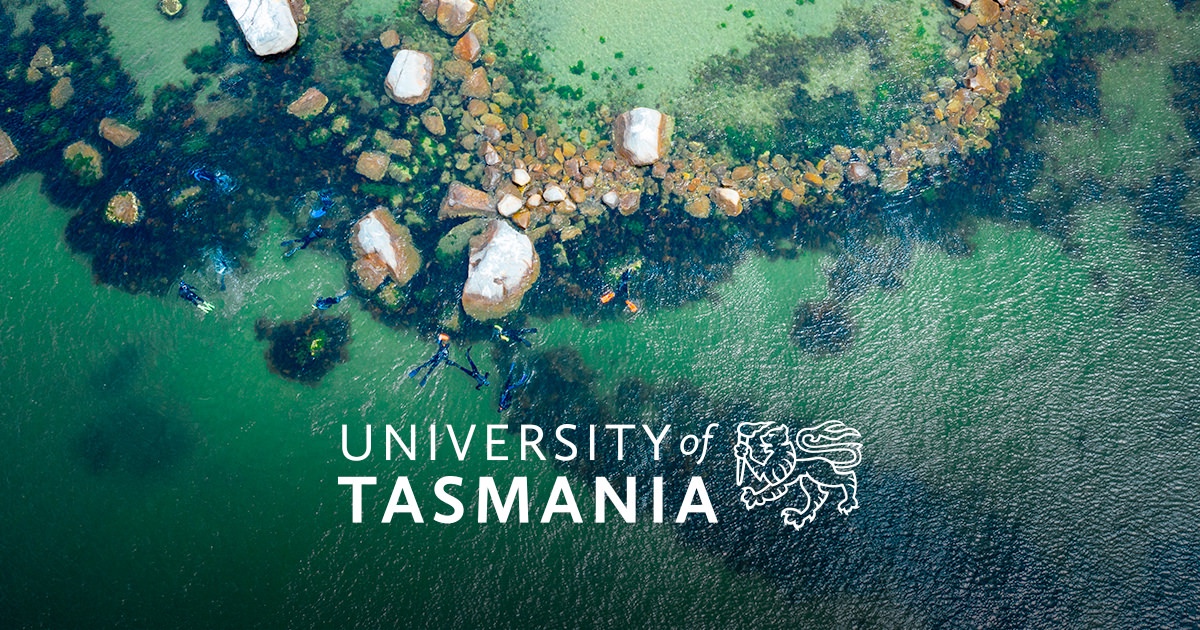World Sea Turtle Day, 16 June, is the chance to check out a new Queensland-made interactive atlas that shows nesting, courtship, feeding and migration routes of our marine turtles, bringing together decades of Australian and global data.
The online Marine Turtle Breeding and Migration Atlas – also known as TurtleNet – is the work of Science and Threatened Species staff from Queensland’s Department of Environment and Science (DES) in collaboration with the Convention on the Conservation of Migratory Species of Wild Animals (CMS), a UN treaty.
DES Chief Scientific Officer Dr Col Limpus said that thanks to the partnership between DES and CMS, the public now had access to global information on marine turtles for education and communication use.
“The app is a one-stop location to show what we know about the distribution and abundance of marine turtles at nesting beaches and courtship areas and tracking them to foraging areas throughout the world,” Dr Limpus said.
“Search by species, location, and country. Check out the night sky atlas which shows where turtle hatchlings face the most challenges from lighting.
“Users can call up maps of nesting distribution and abundance by species based on tagging and nesting census studies and migration between breeding and foraging areas based on flipper tag data, and breeding migration based on satellite telemetry.
“It’s fitting that Queensland has developed this tool – we have six of the world’s seven species, and also have Australia’s longest history of turtle conservation and management, starting in 1929,” Dr Limpus said.
“As examples, we hold more than 50 years’ data from the loggerhead rookery at Mon Repos near Bundaberg, and more than 40 years of information from the Raine Island green turtle rookery at the tip of Queensland.”
Amy Fraenkel, Executive Secretary of CMS, said “TurtleNet shows how marine turtles connect our oceans. We can see how Queensland’s turtles travel thousands of miles to many countries: young Loggerheads travel across the Pacific to Peru and Chile, adult Loggerheads migrate to Indonesia, Papua New Guinea and other countries, and Green Turtles migrate to and from Fiji, Vanuatu, Indonesia and New Caledonia.
“This new tool illustrates the connectivity in the oceans through species migration, and the need for countries to work together to manage and conserve populations.”
Schoolkids, community groups and interested locals as well as scientists can now use TurtleNet to create maps and graphs of population trends, download the maps and graphs, and view videos showing the route of tracked turtles.
They can see where turtles nest or forage near them, where marine parks protect key breeding sites, and how ‘their’ turtles move across the globe.
“With better knowledge in the community about where turtles nest, breed and forage, we are better equipped to manage and conserve these ancient species,” Dr Limpus said.
As an environmental treaty of the United Nations, CMS provides a global platform for the conservation and sustainable use of migratory animals and their habitats including marine turtles.
Australia is a Party to CMS and a Signatory to the CMS Memorandum of Understanding on the Conservation and Management of Marine Turtles and their Habitats of the Indian Ocean and South-East Asia.
Related links:








